Congratulations on reaching the end of this PowerPoint course! It has been an exciting journey where you've learned many techniques to take your presentations to the next level. In this guide, I summarize the key insights and the next steps to help you effectively implement what you’ve learned.
Key Insights
You have learned how to design a presentation professionally from scratch. You have explored various animation techniques, charts, SmartArts, and different text formatting methods. You have also learned how to create custom shapes and insert images along with other graphics. These techniques will help you create fascinating and insightful presentations.
Step-by-Step Guide
1. Creating a New Presentation
To get started, open PowerPoint and create a new presentation. Choose a design that fits your topic.
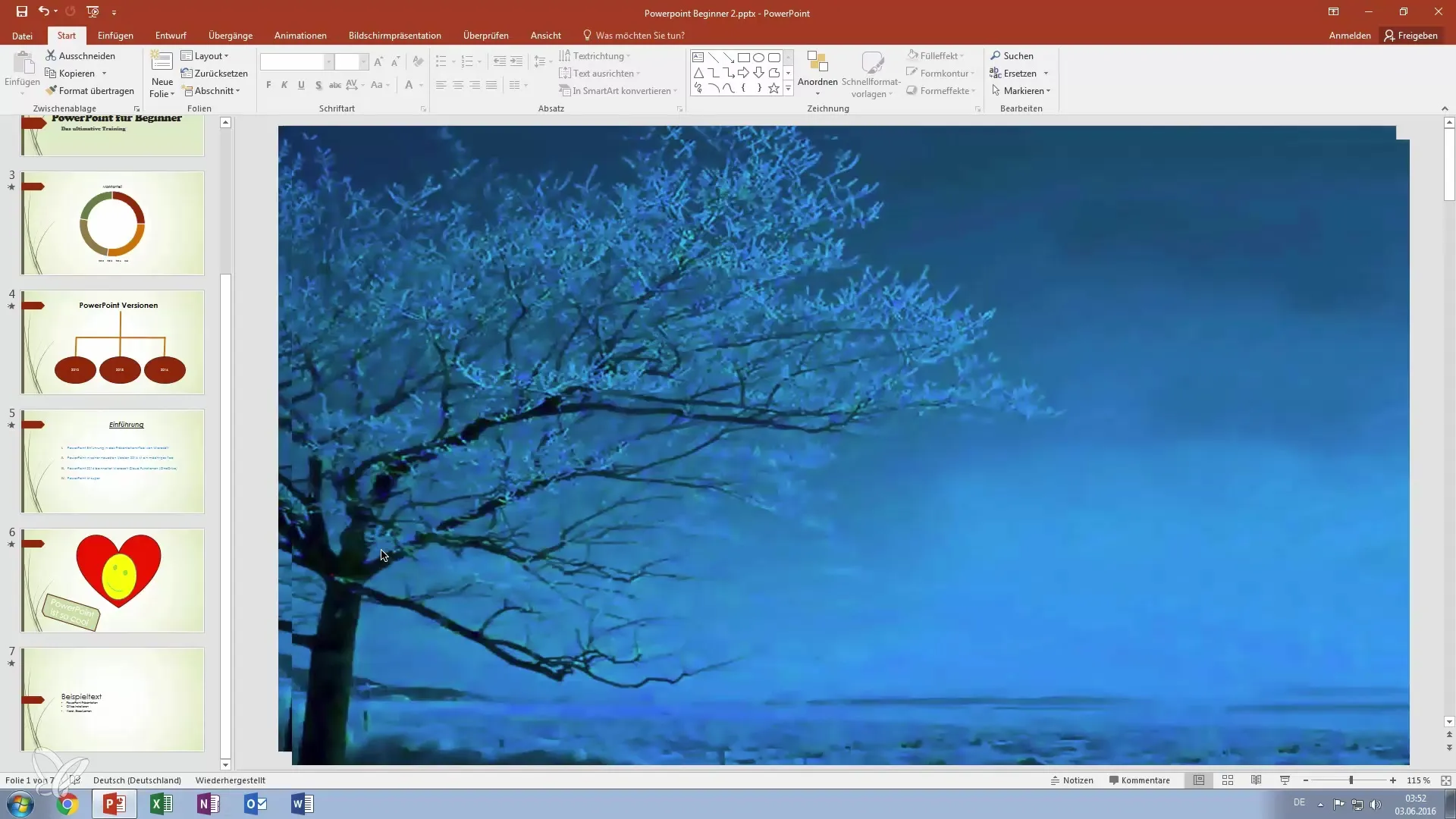
2. Inserting Text and Images
Use text boxes to present your content in an organized manner. Don’t forget to insert relevant images or graphics to enhance visual interest.
3. Using SmartArts and Charts
To visually represent complex information, you should use SmartArts and charts. These tools help you convey data and relationships clearly and concisely.
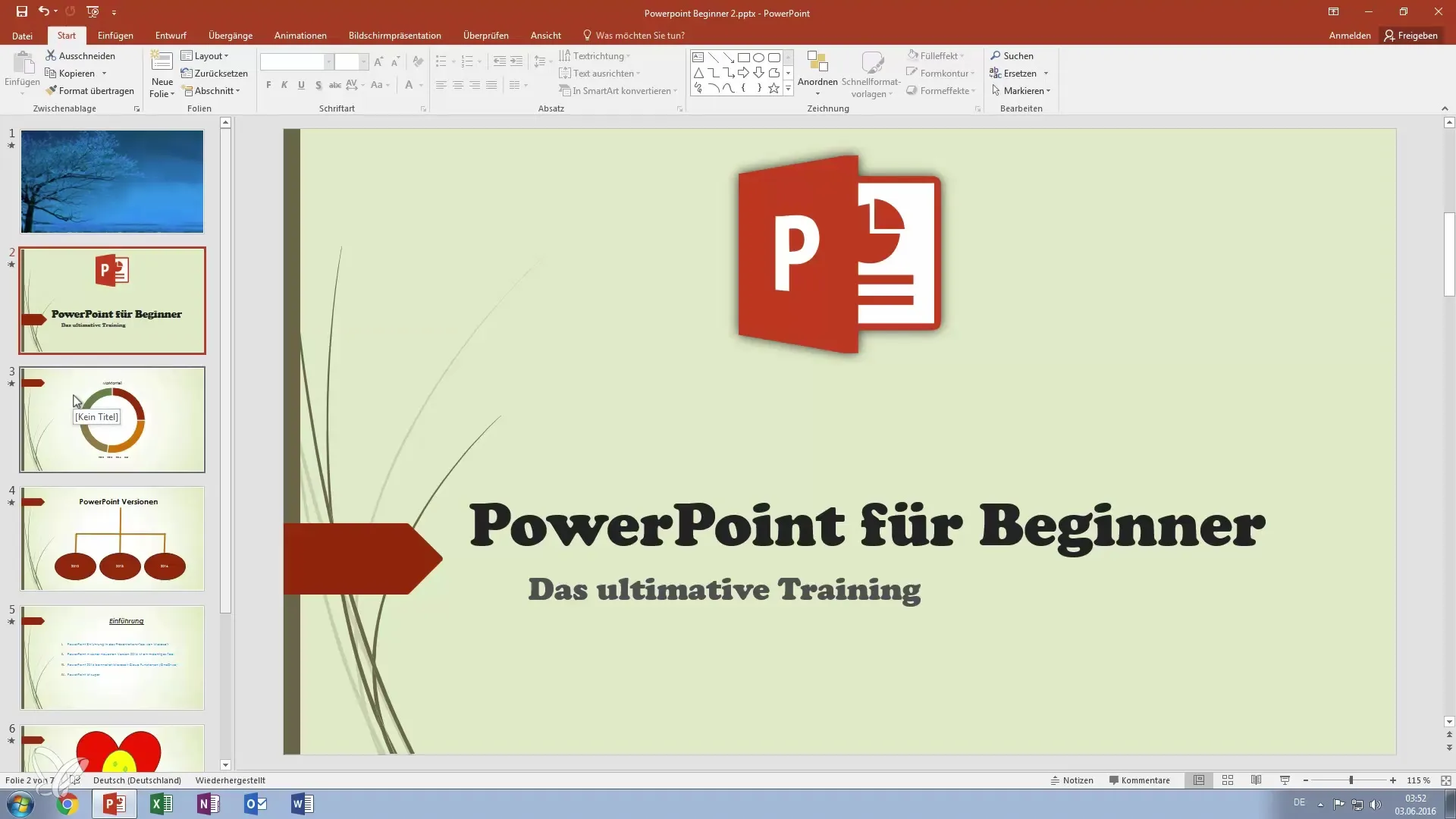
4. Applying Animations
Animations add dynamism to your presentation. Select the desired elements and choose appropriate animations to make content appear one after the other.
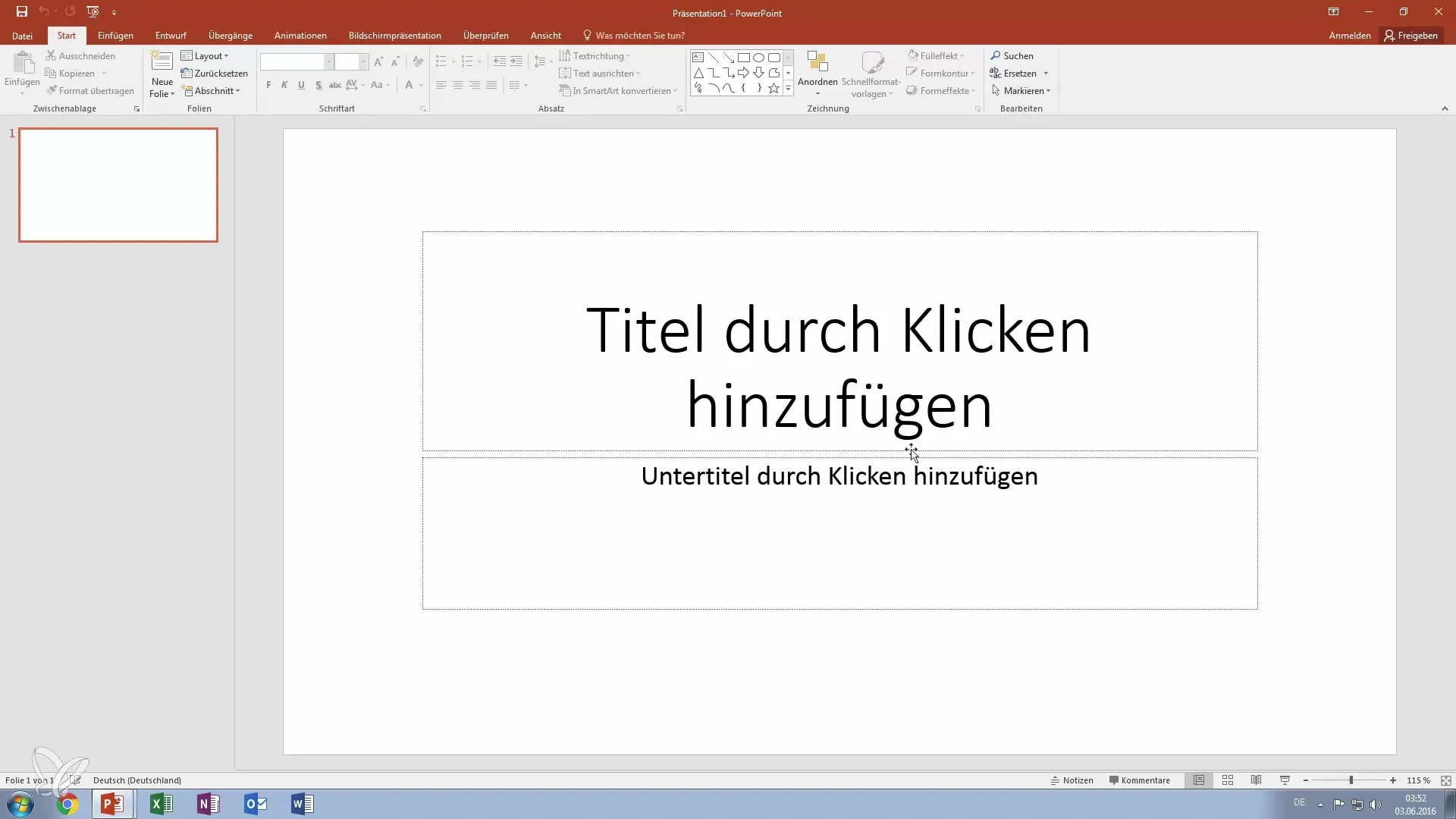
5. Using Transitions
Transitions between slides are crucial for the flow of your presentation. Choose creative transitions to keep the audience engaged—such as the curtain or origami transition.
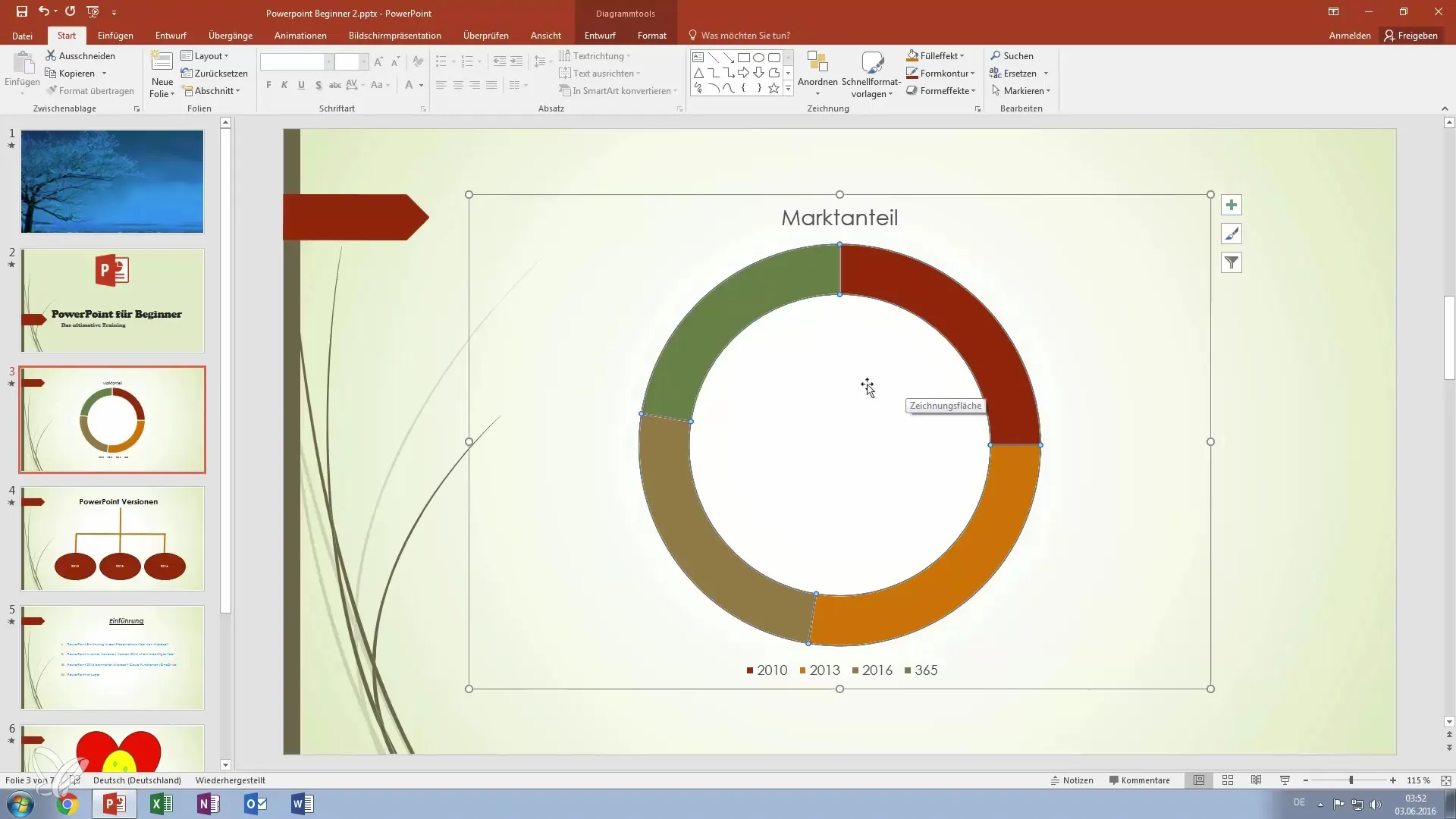
6. Designing the Slides
Experiment with different layouts and colors to make your slides attractive and clear. Age-appropriate fonts and concise bullet points are essential here.
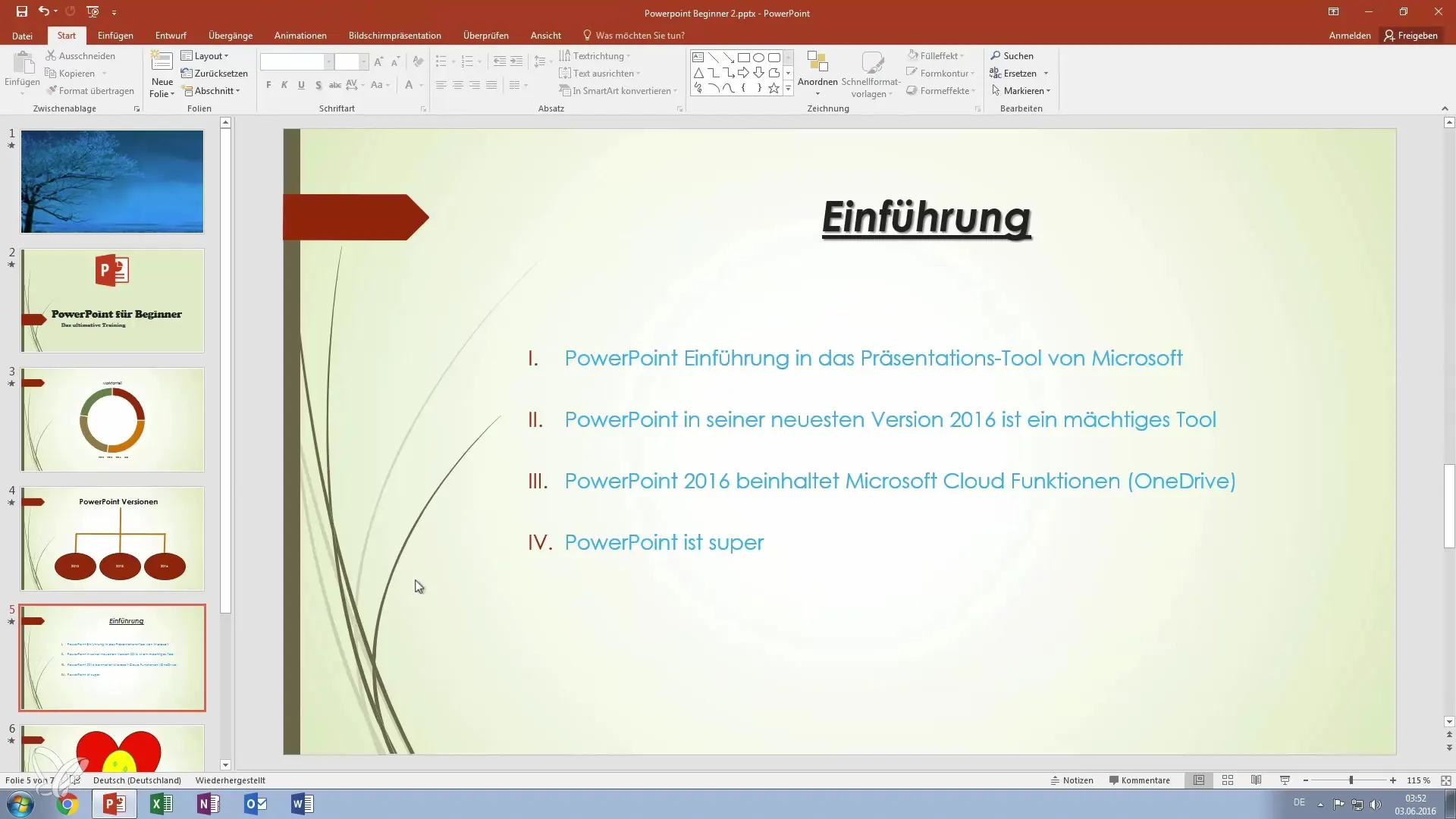
7. Review and Rehearsals
Before you present, do a rehearsal. Pay attention to timing, expressions, and the technology. This way, you are less likely to feel nervous during the big moment.
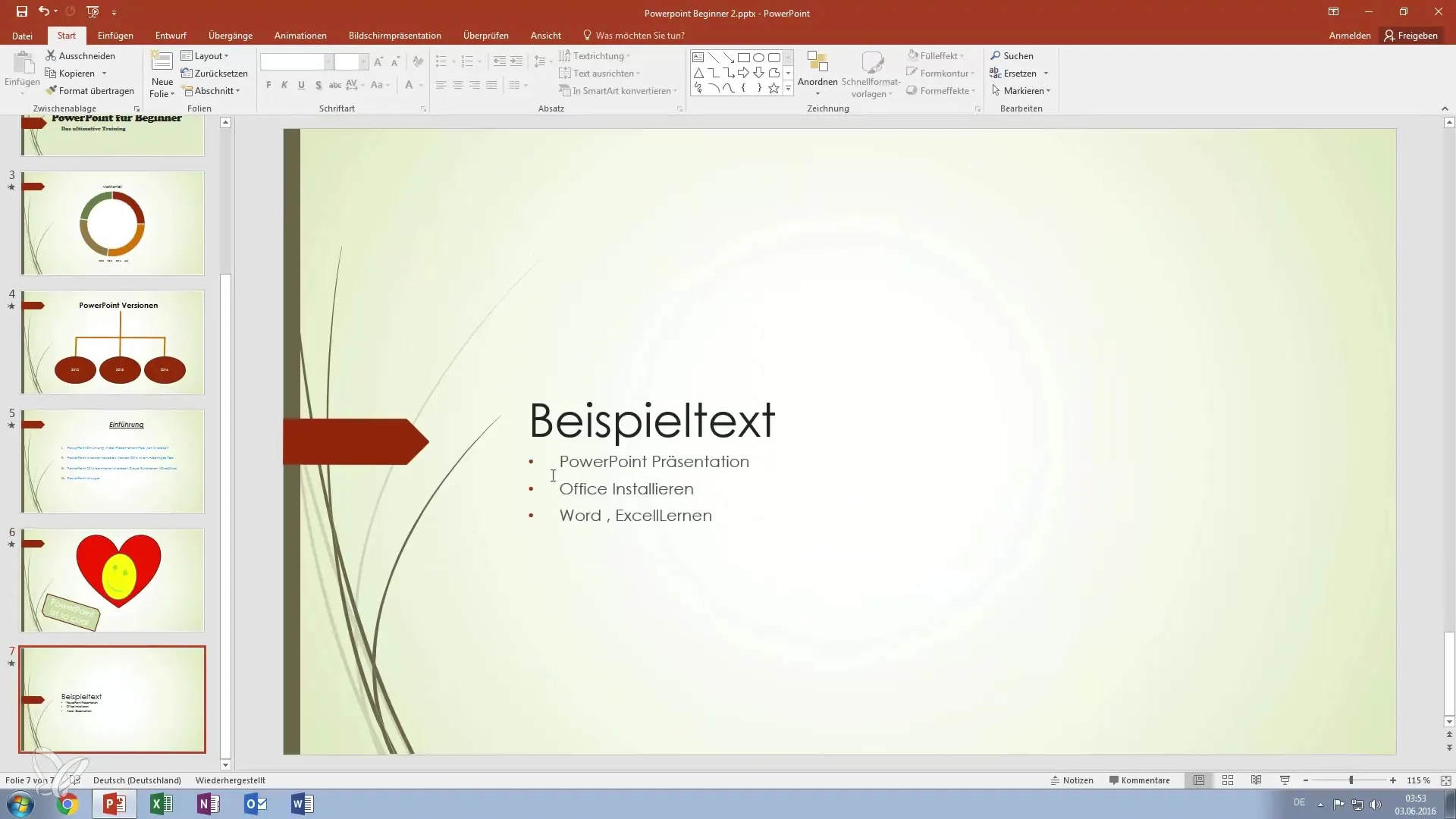
8. Conclusion and Slide Transitions
Conclude the presentation with a clear farewell. Show a slide with your thanks and good wishes for the future. This way, you leave a positive impression.
9. Collecting Feedback
After the presentation, it is helpful to gather feedback from your audience. Learn from the critiques to improve your skills further.
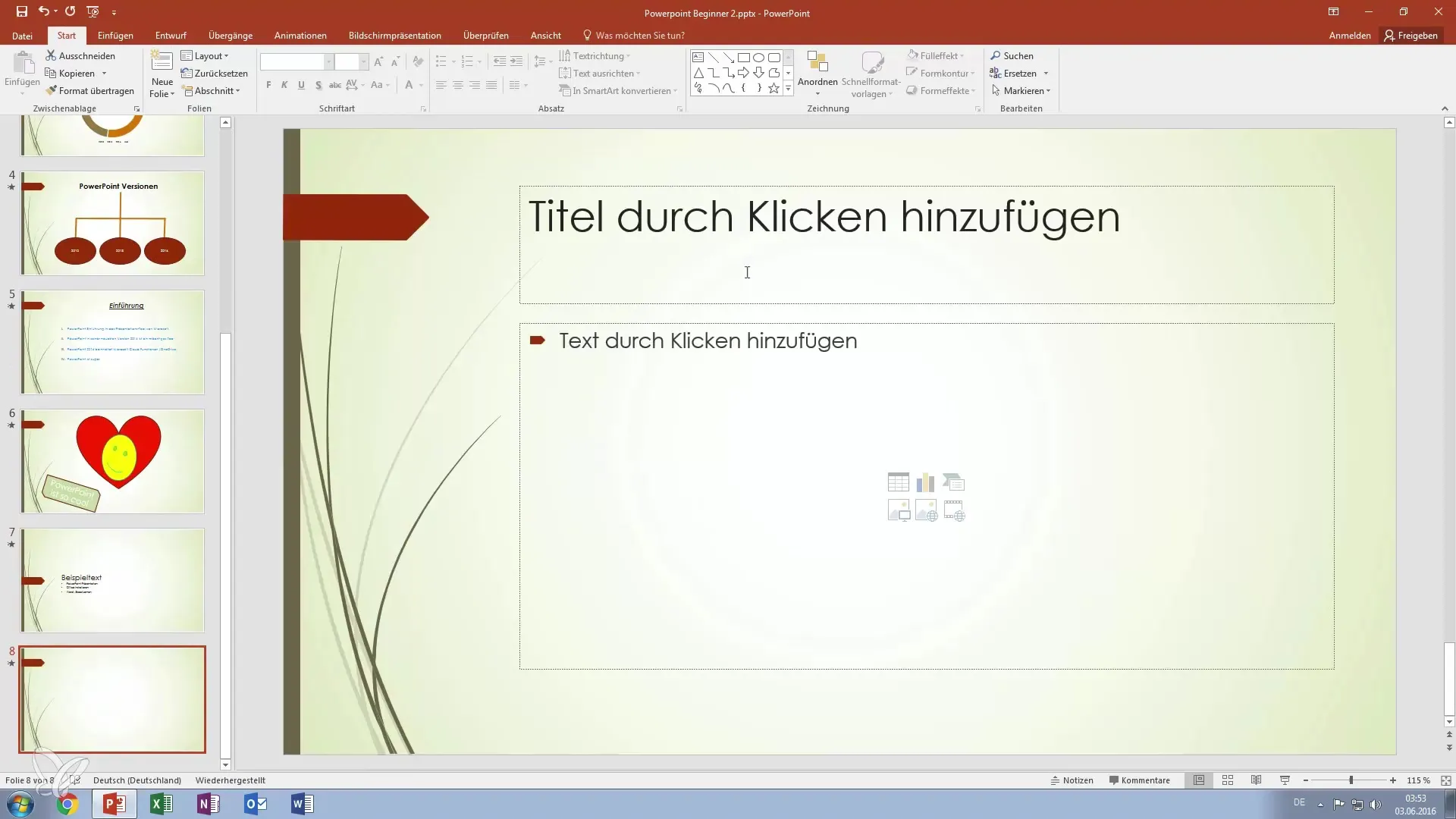
10. Further Courses and Deepening
Do you want to get even better? Take the opportunity to attend additional courses. From building advanced presentations to utilizing specific functions, the variety is vast.
Summary – Become a Presentation Hero
In summary, you have learned a multitude of techniques to create engaging and creative presentations tailored to your audience. Whether it’s through animations, charts, or the strategic use of images—your future as a presentation expert looks promising. I wish you much success and hope to welcome you back in another course soon!
Frequently Asked Questions
How long does it take to prepare a presentation?The preparation time can vary greatly, depending on the topic and scope of the presentation. Plan generously for time.
How can I improve my presentation skills?Practice makes perfect! Try different presentation styles and get feedback.
Are there specific tips for dealing with nervousness?Use breathing techniques to calm yourself, and practice the presentation several times to gain confidence.

